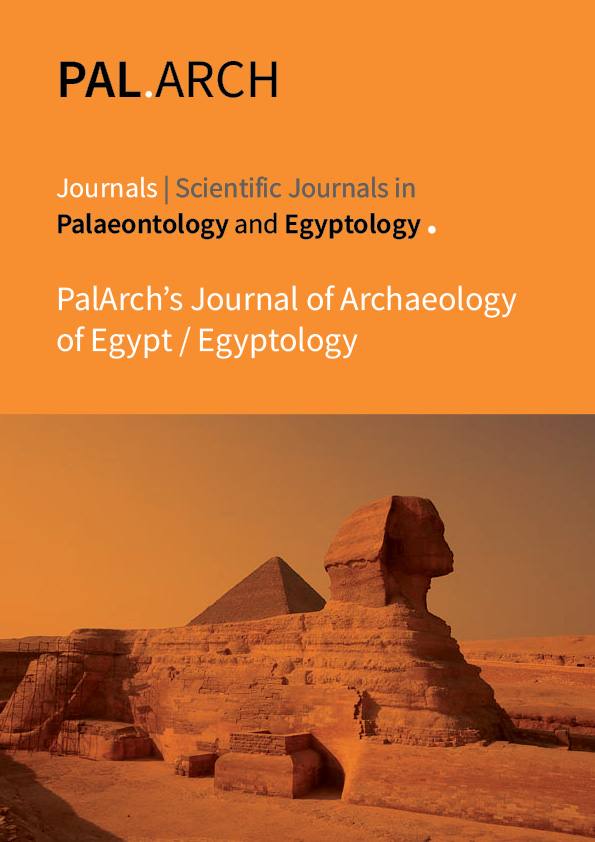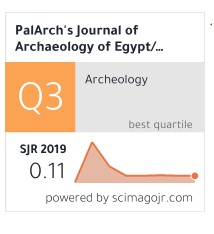INTERPRETING DUALITY: A GOTHIC STUDY OF SPLIT-SELVES IN ATWOODIAN FICTION
Abstract
The researcher aims to unfold the psychoanalytical layers of splitting selves and how the different types of split-selves in Atwoodian fiction can be incorporated into a range of psychoanalytical approaches, including duality, self-isolation, identity crisis, narcissism, cognitive-behavioral, humanistic, interpersonal, transpersonal, and self-realization. The study explores two paradoxical images of splitting selves, such as, there are two images of the same person in the mirror (as mentioned in Mirror Stage Theory by Jacques Lacan) that are connected with each other and disconnected at the same time as well. Further, the researcher collected the data from Atwoodian fiction through purposive sampling. The present research data has been analyzed through the qualitative method under the paradigm of interpretation, especially by employing the Psycho-analysis theory by Sigmund Freud and Mirror Stage theory by Lacan. After the intensive study of splitting selves, the study finds that the characters of Atwoodian fiction are stuffed with characters having complex and split personalities and complexes such as narcissism (especially, primary and secondary narcissism discussed in Mirror Stage Theory by Lacan) and self-isolation are persistent. For instance, Atwood's protagonists Iris, Marian and Offred all, in the end, become self-isolated characters. The detailed study of splitting self into multiple selves and deconstruction of politics of gender shows us how different types of splitting are present in Atwood's fiction.



